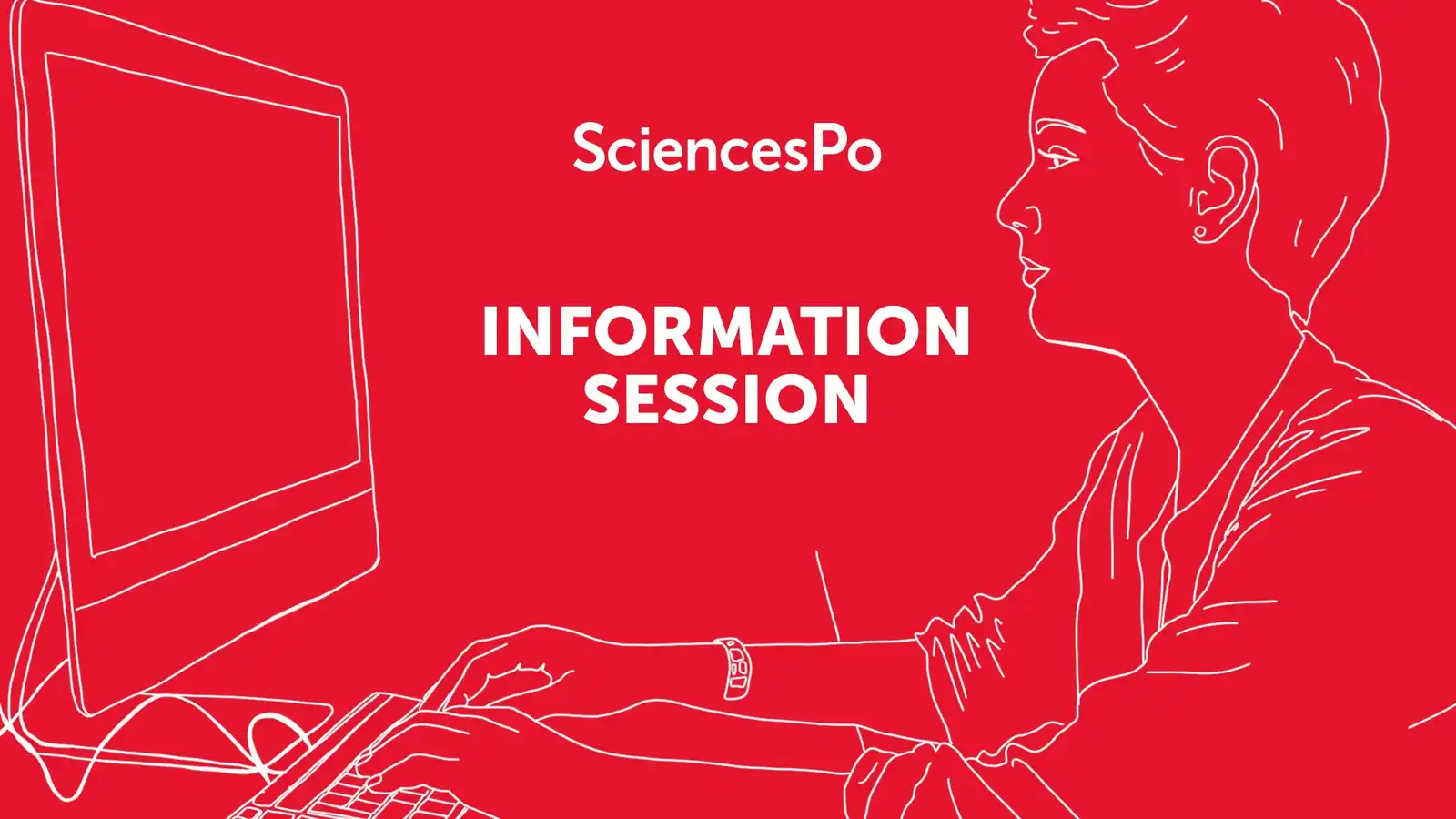Home>Publication of the guide produced by our students with the AIMF!
26.11.2021
Publication of the guide produced by our students with the AIMF!
Entitled «Sobriété et Frugalité Numériques», this practical guide for the mayors of the AIMF, was made as part of a capstone by Rim Ayouch, Kenza Fahim, Hermine Martinez, Mocktoub Razaki and Juliette Yaniv, students of the master Governing the Large Metropolis.
In 2019, the Paris Climate Agency estimated that the share of global carbon emissions generated by cities was 70%. In the context of a climate emergency, they are often introduced with digital solutions to help them reduce their environmental impact. >These so-called smart devices use connected tools that allow for example a better assessment of the consumption needs of the city in which they are installed and therefore reduce unnecessary consumption (in water, electricity, mobility, etc.). Significant energy savings can be achieved by integrating new digital technologies into traditional street furniture.
However, if in the context of the administrative management of the city but also of individual practices, the digital has long been presented as clean and immaterial, it is now necessary to put an end to this conception. The digital sector was the source of 4% of global greenhouse gas emissions in 2020 and the think tank The Shift Project estimates that this figure will reach almost 10% in 2030, due to an annual growth of around 8%. To these figures, greenhouse gas emissions are added other types of pollution, such as soil related to the extraction of rare metals
Moreover, rapid technological progress paradoxically results in an increase in demand and therefore in consumption. While manufacturers are driving innovation towards more efficient and therefore less energy-intensive devices, these improvements encourage an ever-wider scope of digital uses. Thus, by creating a more “clean” digital, the energy savings achieved at the scale of a device are ultimately offset by an overall increase in the consumption of equipment and services. This phenomenon, referred to as the “rebound effect”, demonstrates that innovation to create more efficient devices is not enough to provide a solution.
In addition, when digital is presented as a substitute for more traditional methods, energy as well as raw materials used to produce digital devices (computers, smartphones, tablets, connected objects) sometimes lead to pollution that is greater than what would have been produced without the use of these devices. This is what some experts say, like Philippe Bihouix, a central engineer specializing in low-tech and mineral depletion. Finally, the constant energy consumption linked to certain technologies and connected objects, in particular, often weighs in the direction of a worsening of the environmental balance.
Digital can therefore not be seen as a problem or vice versa as the single solution. To ensure its effective deployment, it is necessary to master its urban management opportunities but also its social and environmental impacts.
This guide will focus on digital sobriety and frugality, two approaches that try to provide mayors with keys to understand how to derive environmental benefits from digital devices and how to prevent them from ultimately worsening their impact.
Information Sessions: Masters

Find out more about the Masters programs and the wide choice of specialisations offered by the 8 Schools of Sciences Po during our webinars dedicated to applicants.